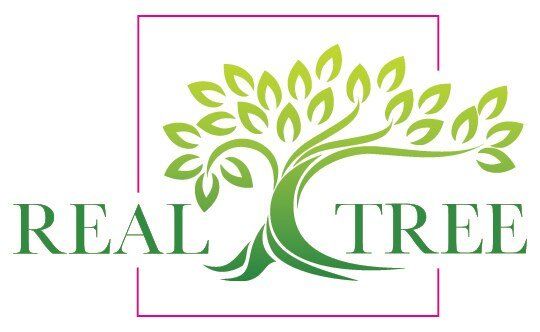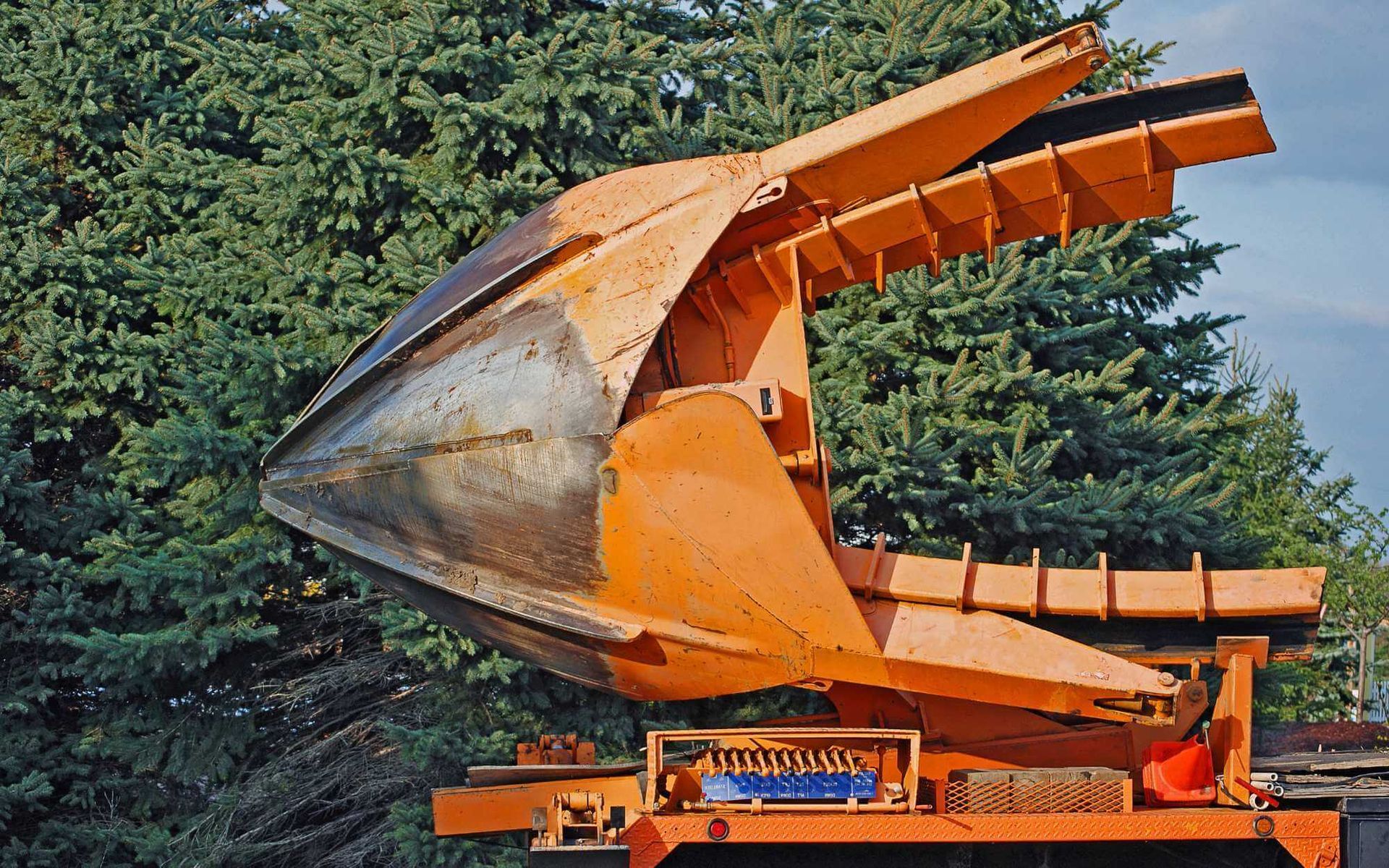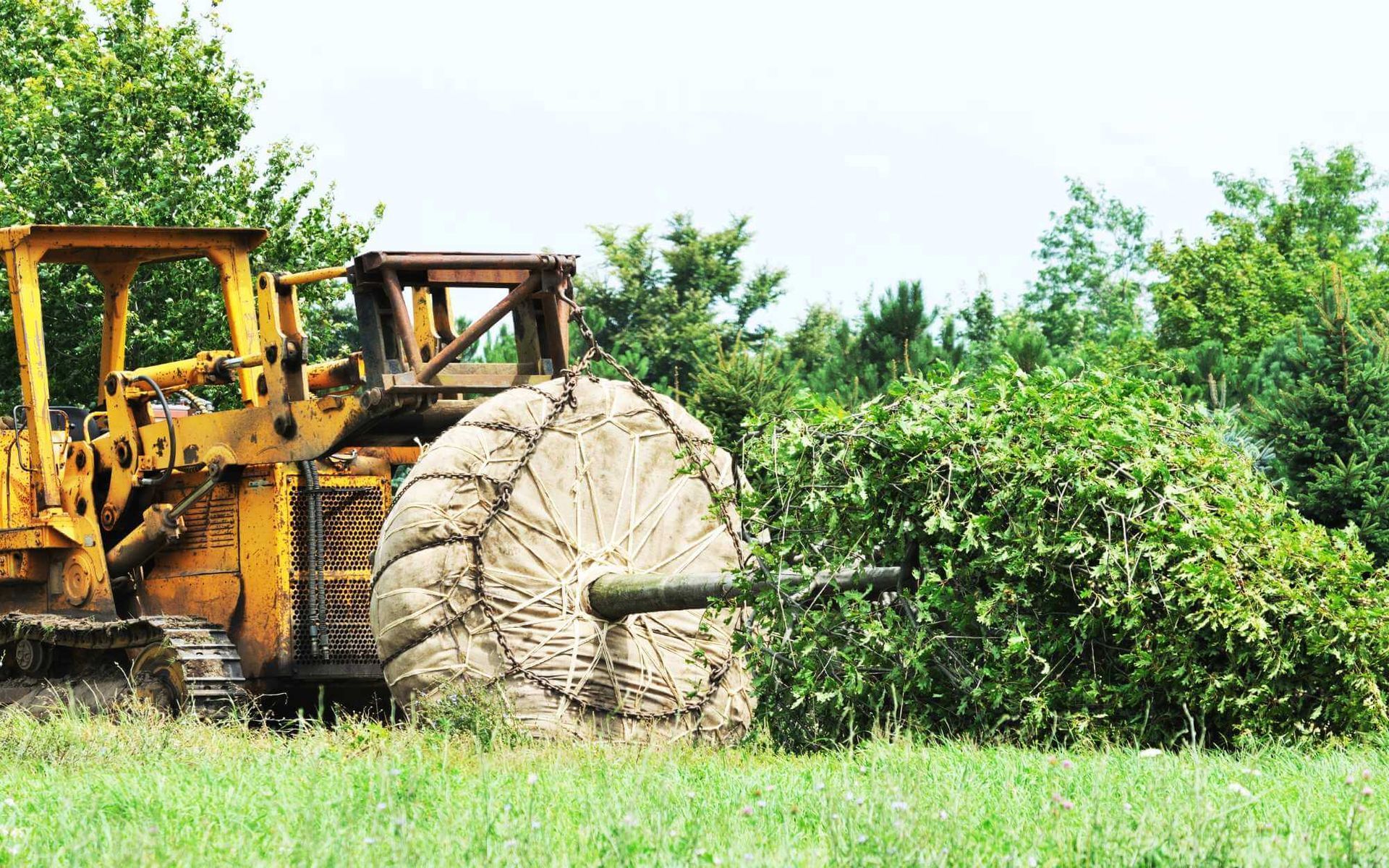Why Transplanting Young Trees and Shrubs is Worth Your Effort
PUBLISHED ON
SHARE THIS ARTICLE
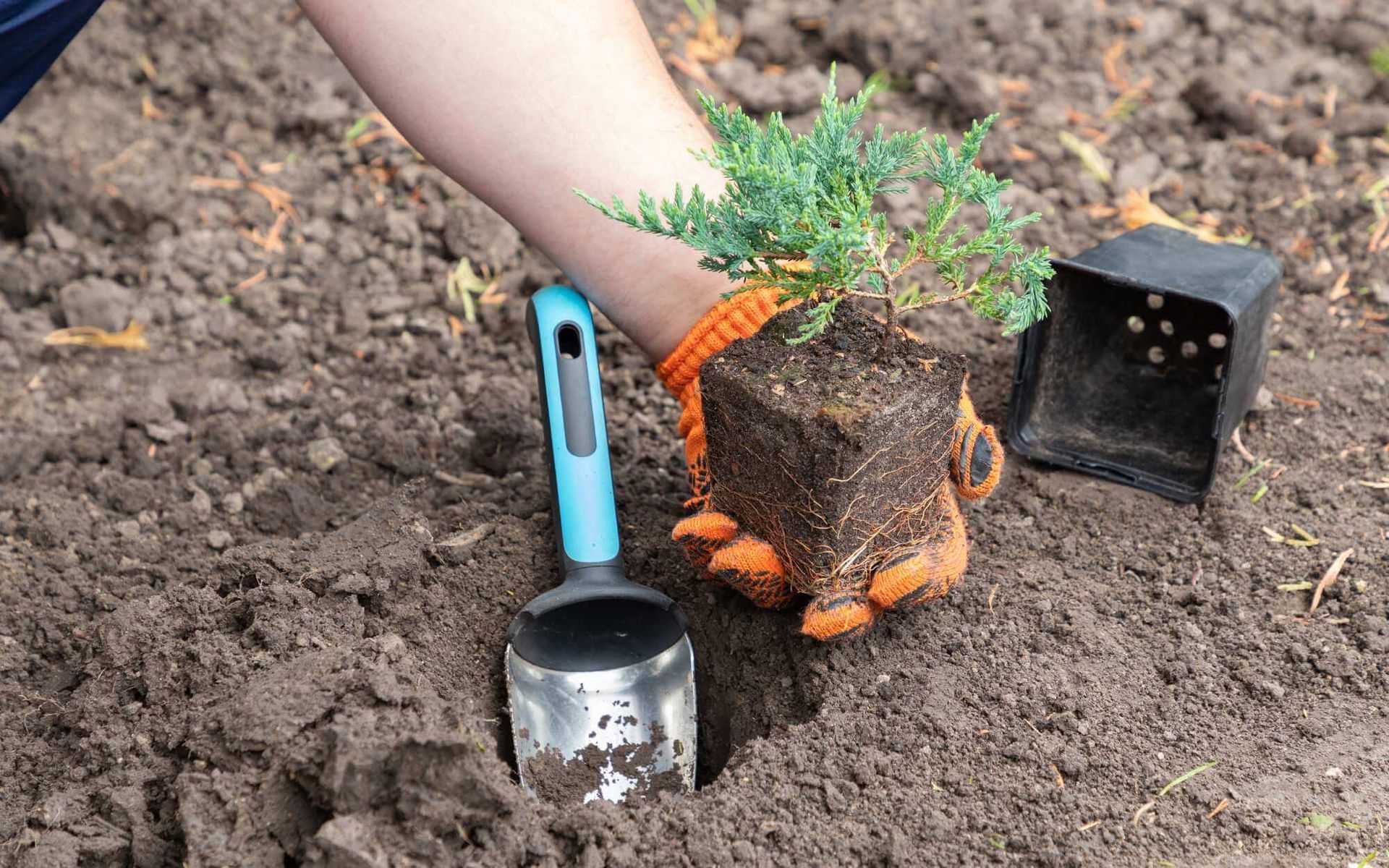
Gardening is a labor of love, and when it comes to trees and shrubs, there's no arguing their pivotal role in the beauty and balance of our outdoor spaces. However, the journey of a young sapling from a nursery pot to a lush, well-settled cornerstone of our gardens is often riddled with challenges, especially if the process of transplanting is overlooked or misunderstood.
In this in-depth exploration, we'll unearth the reasons you, as a garden enthusiast or homeowner, should consider
transplanting young trees and shrubs and provide expert tips to ensure your green additions thrive, rather than just survive, in your cultivated landscape.
The Root of the Matter: Understanding its Importance and Benefits
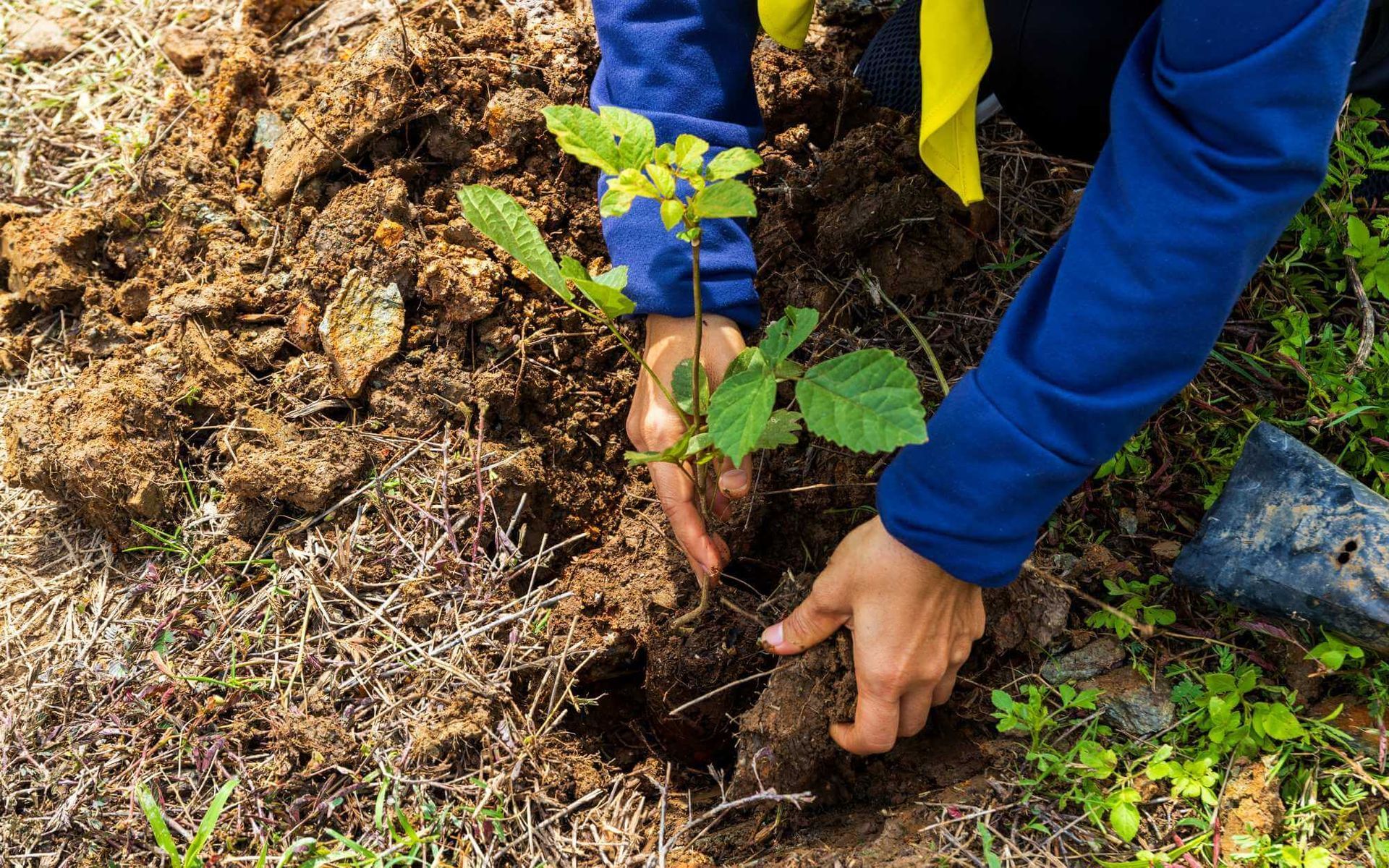
Establishment and Root Development
When we transplant at a younger age, we set the stage for a tree's life. Unlike established trees, young plant trees have a remarkable capacity for setting new root systems. This fresher start encourages faster root growth and development.
A healthy root system is the foundation of a sturdy and vibrant overground structure, and young transplants can adapt and grow into their new location robustly.
Adaptation and Landscape Design
Are you a gardener who likes to rearrange often?
Moving young evergreens to new planting sites provides a remarkable degree of flexibility in shaping your landscape. It allows for the curation of an evolving garden, enabling design changes as your vision transforms over the years.
Not only does this flexibility appeal to the aesthetics of your garden, but it also ensures the longevity of your greenery as you manage the changing dynamics of plant growth.
Cost Savings and Long-Term Health
Mature trees can be a timeless part of a landscape, but their removal, should it ever be necessary, is not just labor-intensive—it's costly.
By investing the time and effort into transplanting young trees and shrubs, you preemptively sidestep these financial burdens and, more importantly, sustain a healthier environment for your greenery to grow. Nurturing young plants from the early stages secures a sound structure for the years to come.
Nurturing Your Newbies: Best Practices for Transplanting Success
Timing and Season
The timing of a transplant can be the difference between glowing health and a shaky beginning for your tree. Spring and late fall are generally the best seasons for transplanting, as they offer cooler temperatures and more abundant moisture.
Be mindful of the specific needs of the species you're working with—some may require an earlier start to the growing season, while others may demand the weathered readiness of autumn.
Proper Techniques
You've heard it before, and it's no less true in transplanting—preparation is key. Ensure the new planting hole is wide and deep enough to comfortably host the root ball (or soil ball) wrapped in a burlap, paying close attention to how the soil is amended and the vertical positioning of the root system.
Utilize sharp tools, exercise patience, and implement the correct handling to give your tree or shrub the best shot at post-transplant survival and growth.
Post-Transplant Tree Care
The work isn't over once the new member is part of your garden's ecosystem.
Consistent and ample watering is crucial, especially during the first year after transplanting. Apply a layer of mulch on the soil around the tree base. If done correctly, it can protect the soil, aid in moisture retention, and maintain a stable temperature.
Remember, you're the guardian, and vigilance in monitoring signs of stress is your responsibility.
Weathering the Changes: A Successful Post-Transplant Journey
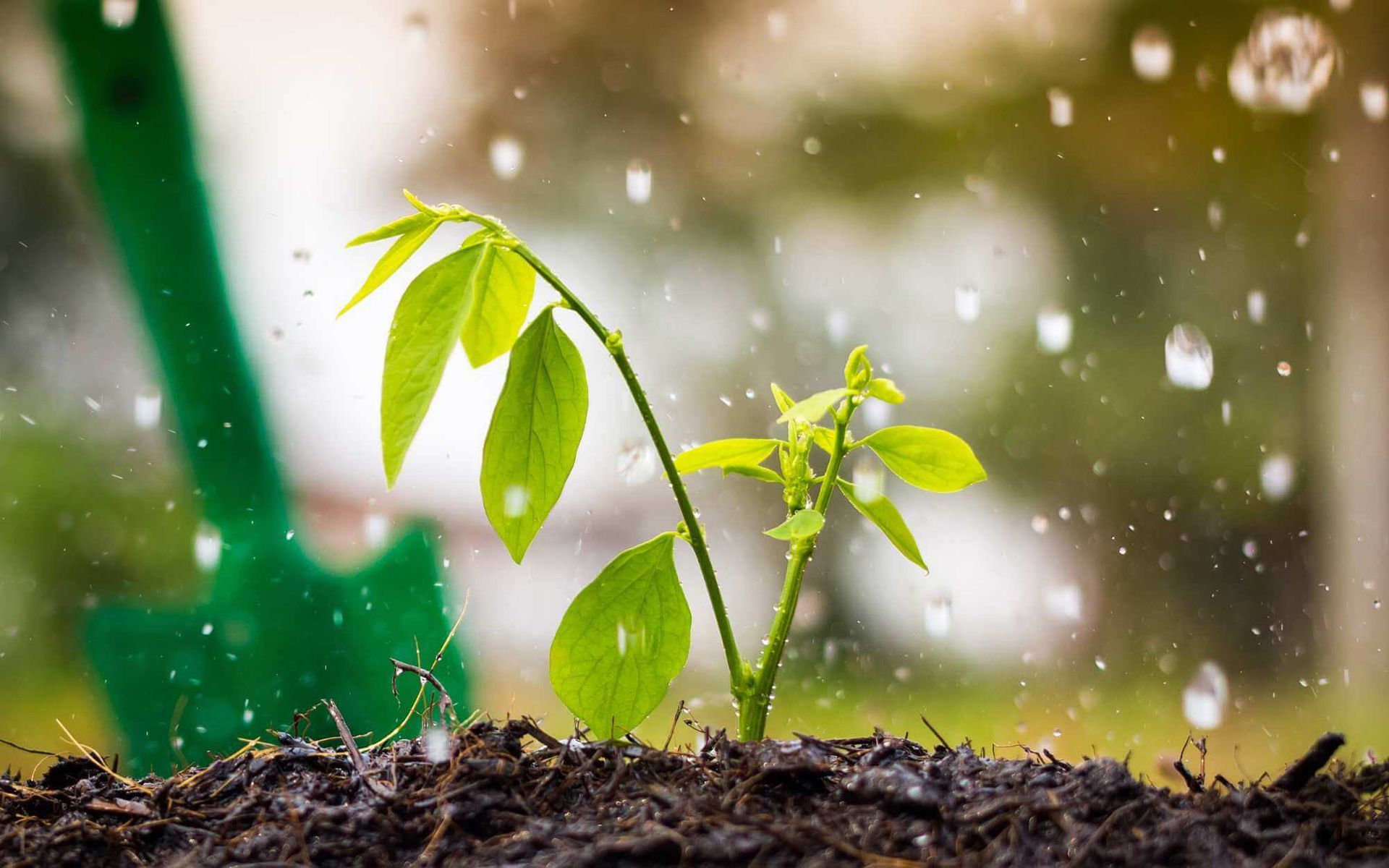
Patience, Young Patron
Transplants are, by their nature, exposed to stressors and a need for adjustment. Be patient with their new growth patterns and the time it takes for them to regain the rhythm of development. Your patience will be rewarded with a mature, hardy tree that stands as evidence of your nurturing hand.
Support Through Stress
Remember, stress is not always visible, and proactive care is more effective than reactive measures in the garden. Inspect for signs of distress (transplant shock), such as wilting leaves or slowed growth, and provide the necessary support—whether that's in the form of additional watering, shelter from harsh conditions, or simply the reassuring act of monitoring.
Your intervention will be pivotal in the recovery and subsequent flourishing of your transplanted trees and shrubs.
The Transplant Anecdote
Transplanting young trees and shrubs in your garden is one of resilience and growth. By understanding the benefits, adhering to best practices, and weathering the changes with care, you align yourself with the timeless wisdom that underlies successful gardening.
We encourage you, the green-thumbed protagonist, to take up the narrative, stake the claim on the future of your garden, and watch as each young transplant blossoms into a story of your dedicated stewardship.
Start Your Plant's Legacy Today
It's time to roll up your sleeves, delve into the soil, and plant the seed—literally and figuratively—for a flourishing, future-looking garden.
Contact your local nursery, consult with
our certified arborist, and embark on the rewarding journey of transplanting young trees and shrubs. There's no better time to start than now.
Want a free quote or some friendly advice? Call our team today:

